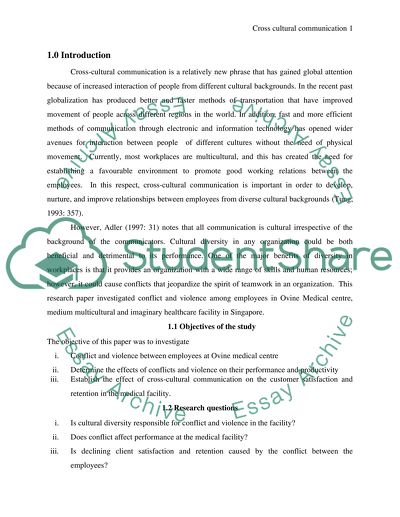Cite this document
(“Cross-cultural Communication Research Paper Example | Topics and Well Written Essays - 4500 words”, n.d.)
Retrieved from https://studentshare.org/family-consumer-science/1421022-cross-cultural-communication
Retrieved from https://studentshare.org/family-consumer-science/1421022-cross-cultural-communication
(Cross-Cultural Communication Research Paper Example | Topics and Well Written Essays - 4500 Words)
https://studentshare.org/family-consumer-science/1421022-cross-cultural-communication.
https://studentshare.org/family-consumer-science/1421022-cross-cultural-communication.
“Cross-Cultural Communication Research Paper Example | Topics and Well Written Essays - 4500 Words”, n.d. https://studentshare.org/family-consumer-science/1421022-cross-cultural-communication.


